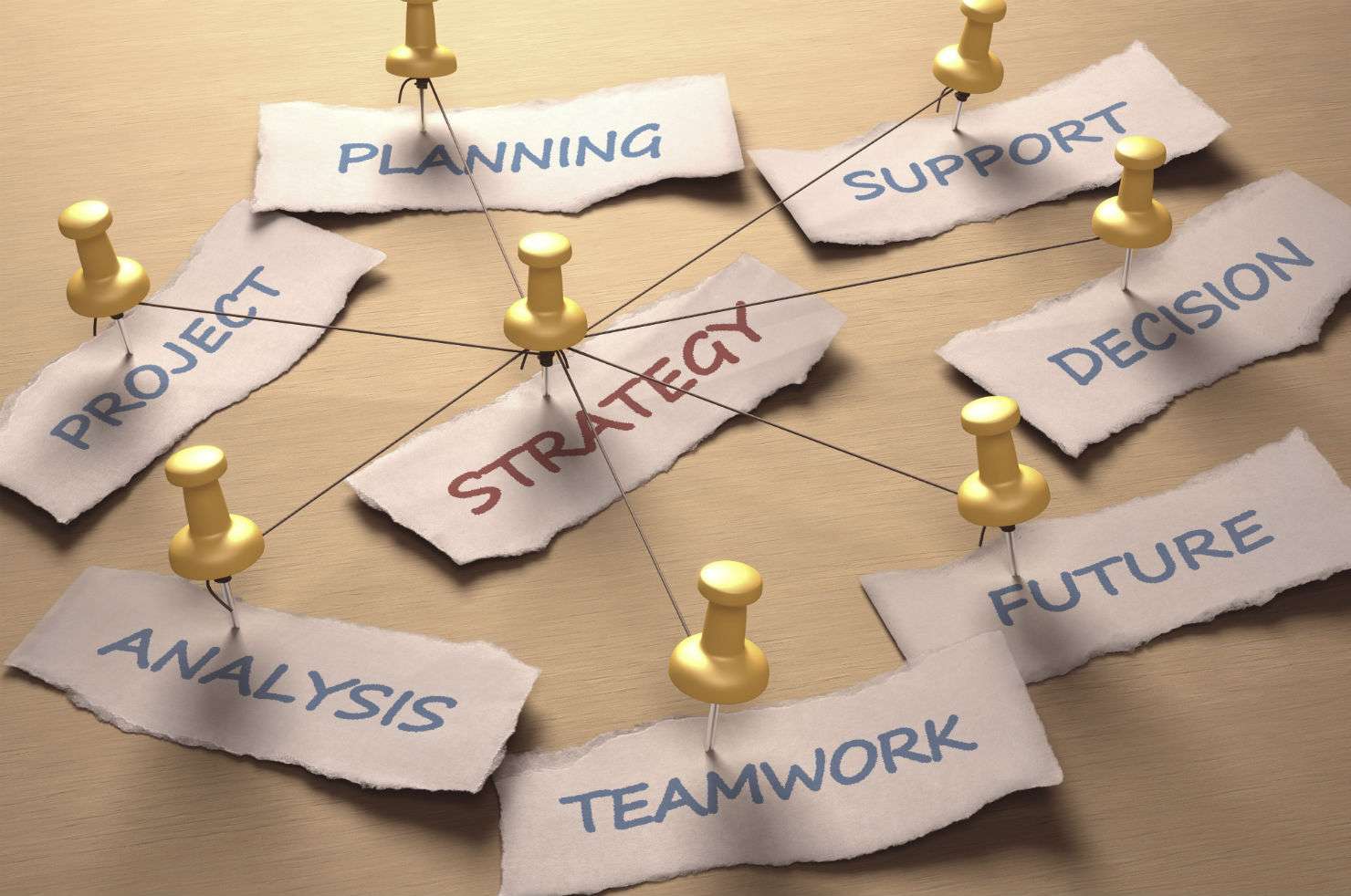Future-ready is a word we have internalised very deeply and rightly so. The World as we know is changing with the rapid adoption of AI, Machine Learning, and the emergence of the Multi-Generational workplace. We as Leaders are intentional about upskilling ourselves and our teams, changing the systems and processes to stay ahead of the curve now. We now need to have self-introspective discussions with a coach so that we can change the filter with which we look at the World and we are Future-Ready
I have full permission from my coachee’s to share what I am going to tell you next. So I had this group of highly accomplished professors approach me and they said “we have the skill, we have the knowledge, we have the prowess but we don’t have the connect with our students.” “The student of today does not want to learn from us or probably we don’t know how to teach them” This got me thinking about one very important thing about being future-ready, other than making the workplace Gen Z-friendly in trying to integrate them.
The key question is “I would like you to think of how are you changing yourself to be future-ready in your attitude, in your thought process, in your perception, and your cognition?”
The Challenges of Modern Leadership
- Adapting to Technological Advancements: Leaders must keep up with the rapid pace of technological change, integrating new tools and innovations to stay competitive. Digital transformation skills are crucial for staying ahead.
- Embracing Purpose: Modern leaders are expected to lead with transparency and social responsibility. Addressing social, environmental, and ethical issues is a requirement to build trust and credibility. Leadership innovation and a focus on resilient leadership are key to navigating these expectations.
- Bridging Generational Gaps: Managing a workforce that spans multiple generations requires understanding their unique expectations and work styles. Each generation has different values and communication preferences, and leaders must adapt to build harmony. This is a key part of building workforce readiness and addressing emerging workforce trends. Leaders today face the challenge of balancing the diverse needs of employees from different generations. While younger workers value flexibility, autonomy, and purpose, older generations may prefer stability and traditional practices. Striking the right balance is key to a cohesive workplace and empowering a new-age workforce.
- Lack of Resources Due to Rapid Growth: Rapid business growth often stretches organisational resources, leaving little room for proper training, development, or leadership preparation. Leaders must learn to adapt quickly and do more with less while still focusing on long-term future workforce training.
How You Can Lead Effectively
- Align with Gen Z Expectations
- Build a Mentor System: Build support networks that help younger employees navigate challenges and learn from experienced team members.
- Embrace Flexibility and Promote Purpose: Create work environments that prioritise flexibility and align roles with a greater purpose. Great Place to Work research shows that purpose-driven workplaces significantly boost retention. This alignment is essential for building next-gen leaders.
- Maintain a Sense of Ownership: Build a deeper sense of connection in the workplace. Studies show that millennials and Gen Z view work as a reflection of their identities. For example, KPMG’s Higher Purpose Initiative inspired employees to share stories of purpose-driven work, leading to increased engagement, retention, and pride.
- Cultivate a Safe Environment: Build a culture of trust where employees feel safe to share ideas, express concerns, and take risks without fear of judgment. Psychological safety is essential for fostering creativity and collaboration, a cornerstone of workforce empowerment.
- Encourage Autonomy: Younger workers seek autonomy and flexibility in how they approach their work. A Times of India study found that 42% of millennials would switch jobs for greater independence, and 63% would for flexible schedules. Provide opportunities for employees to take charge of their projects and foster leadership agility.
- Prioritize Continuous Growth: Invest in continuous skills development. A ManpowerGroup study found that 93% of millennials seek lifelong learning, and 80% prioritize skill growth when choosing jobs. Offer training programs, mentorship, and career growth paths to retain top talent while driving future leadership skills.
Final Thoughts
Leadership today is about more than just managing tasks or meeting targets. We must introspect and adapt, even with our knowledge and expertise, as AI/ML and multi-generational workforce trends evolve. To stay relevant, we should be non-judgmental, enhance cognitive flexibility, and embrace the next generation’s mindset to inspire and lead effectively.
Just like my client, who had the expertise and realised the importance of aligning her teaching methods with the needs of her students, leaders must change themselves to stay relevant and impactful.




